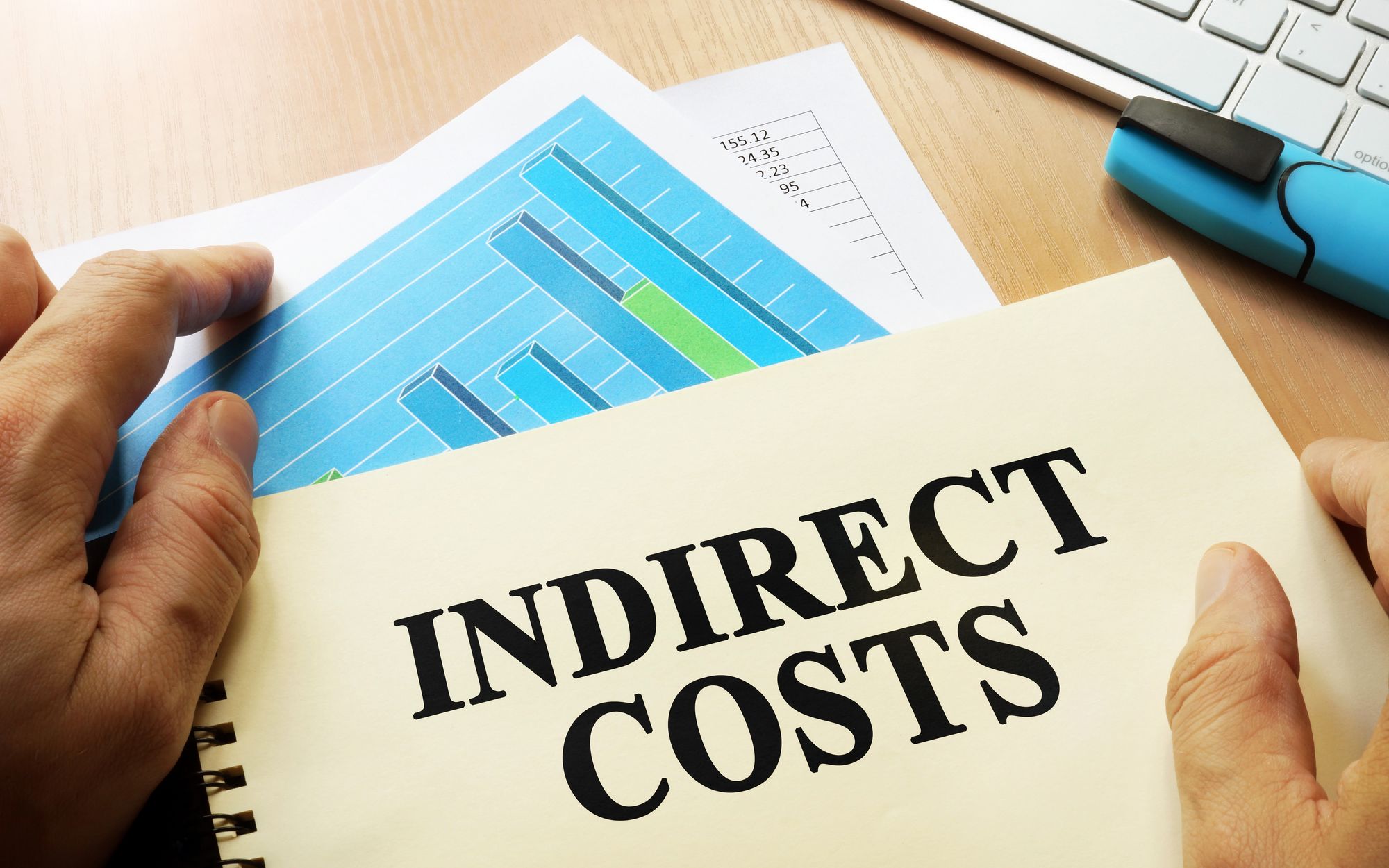Indirect costs are an important topic that all construction contractors need to consider. The proper tracking and allocation of these costs are imperative for the financial success of the contractor. All successful contractors “know their cost,” as this will directly affect bids on projects. If a contractor does not account for the indirect costs in a bid, this can lead to projects continually reporting fades, deterioration of gross profit over time and potential overall losses on projects at completion, which would have a negative financial consequence for the construction company. As part of the internal control environment, the final bid review and approval process should ensure the estimated gross profit anticipated at project completion will provide for an overall profit to the company after consideration of indirect costs.
Contractors should incorporate and consider these items in their company processes: identification, allocation and annual review.
Identification
Every contractor should be able to segregate their costs into four buckets: direct costs, indirect costs, SG&A (selling, general and administrative) and other expenses including taxes. Direct costs are easily determinable and traceable to a specific project. Direct cost items consist of direct labor, materials, subcontractors, equipment rental and other costs for a specific project.
Indirect costs are project-related expenses, but may not be specifically identifiable to a particular contract. These items commonly consist of indirect labor, payroll-related burden (payroll taxes and union costs), insurance (including health, general liability and workers compensation), depreciation, equipment repairs and maintenance, rent, salaries (including project management, estimating and engineering), equipment and other general project overhead items. Indirect costs will normally increase or decrease based on the contractor’s volume.
On the other hand, SGA expense items are similar to indirect costs but are not considered project costs because they relate to the business operations of the company. Examples include office supplies, administrative salaries, advertising, dues and subscriptions, utilities and office equipment. These expense items are necessary to run the business and should be relatively stable. Generally, SGA will not fluctuate with revenue, but contractors should have an understanding of the ratio of SGA to revenue. A rule of thumb in construction is that SGA should range from 5% to 10% of revenue. SGA higher than 10% of revenue could indicate that the overhead of the company is too high or there may be indirect costs incorrectly included in SGA that should be allocated to the contractor’s projects.
Allocation
Generally accepted accounting principles (GAAP) in the United States require the systematic and rational allocation of costs. It is up to the contractor to determine the proper allocation method that best suits the company. The allocation method can vary based on the type of contractor (such as heavy highway, general contractor and specialty subcontractor).
The contractor should select a cost driver to systematically allocate costs to its projects. Two of the most common methods are direct labor hours and equipment hours. Some contractors use both; indirect costs associated with labor are allocated based on labor hours incurred on each project, and indirect costs associated with equipment are allocated based on the actual equipment hours recorded on the project. In each method, the total direct labor or equipment hours incurred on the project are divided by the total direct labor or equipment hours incurred by the company for the period in which the indirect costs are being allocated. Each specific project will receive its proportionate share of the indirect costs.
Annual Review
It is also very important for a contractor to review (at least annually) their indirect cost allocation model to ensure it is functioning properly and the cost drivers being used are still the best method to accurately reflect costs incurred. Failure to review and update this area can result in distorted and incorrect final gross profit margins and lead to incorrect bids on future projects. Most successful contractors perform a burden analysis to ensure all indirect costs are being captured and the overall allocation method of these costs to contracts is systematic and rational, as required by GAAP. As part of the annual review process, contractors should also consider the need for manual allocations to specific project(s) for special circumstances that may occur during the year.
Understanding indirect costs and their potential impact is necessary for every contractor, especially those in highly competitive markets. Contractors can decrease margins to “get the bid,” but they have to know the absolute lowest amount they can bid and still make a profit. Understanding a contractor’s true cost, including direct and, just as important, indirect costs, is imperative for success.






